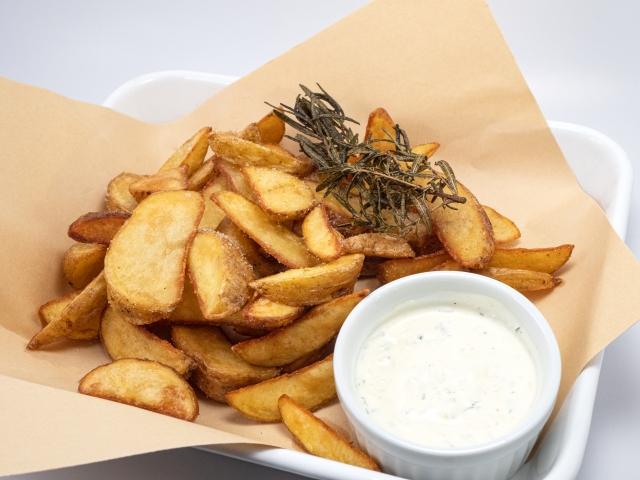The term “dip” is frequently heard in daily life and various industries. But what exactly does “dip” mean? In fact, “dip” has multiple meanings and is used in a variety of applications. This article will explain what “dip” means and explore its uses across different fields.
What Does “Dip” Mean? Its Uses Across Different Fields
Dip in Coating Applications
In the field of coating, “dip” refers to immersion coating. This process involves submerging an object in a liquid, such as paint or chemicals, and then lifting it to form a uniform coating layer. This method allows simultaneous coating of both sides and is effective for complex shapes, making it widely used. The thickness of the coating can be controlled by adjusting the liquid’s viscosity and lifting speed. A faster lifting speed results in a thicker coating, while a slower speed produces a thinner layer. This method is commonly used for coating eyeglass lenses, optical components, and various enclosures.
Dip in Molding Applications
In molding applications, a process called “dip molding” is used. This involves immersing a mold or core into a paste-like resin (such as plastic), forming a resin coating, and then solidifying it through heating and cooling. A useful analogy is cheese fondue: the mold acts like the bread, while the resin represents the melted cheese.
There are two main types of products created with this method: cap products (dip molding) and coated products (dip coating). Cap products are molded resin parts that are removed from the mold after forming. They are commonly used for rust-proof caps on screws and insulating caps for electrical wires. Coated products, on the other hand, involve applying a resin layer to materials like metal, ceramics, or glass. These are widely used in tools, electrical components, and plant equipment parts.
Other Uses of “Dip”
Beyond coating and molding, the term “dip” is used in various other contexts. For example, in cooking, dipping refers to submerging food into a sauce. In computing, “dip” can describe accessing specific data. As seen in these examples, “dip” is a versatile word with different meanings depending on the context.

FAQ About Dip
Q. What is the specific difference between dip coating and dip molding?
A. Dip coating is a method of applying a coating to an existing product, while dip molding is a process in which a product itself is formed using resin. The purpose and materials used differ between the two methods.
Q. How can I maintain uniform coating thickness in dip coating?
A. It is important to adjust the viscosity, density, and lifting speed properly. By controlling these parameters, a uniform coating thickness can be achieved.
Q. What types of resin are suitable for dip molding?
A. This depends on the intended use and properties of the molded product. Factors such as heat resistance, chemical resistance, and flexibility should be considered when selecting the appropriate resin.

Summary
This article explored the various meanings and uses of the term “dip”. From industrial applications such as coating and molding to culinary and computing contexts, “dip” is a versatile word used across multiple fields. Understanding its meaning in different industries allows for more accurate communication and efficient work.
We hope this article has helped deepen your understanding of the word “dip”.
